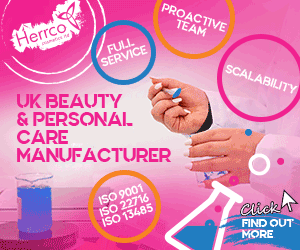The 2019 edition of the biennial Sun Protection Conference, organised by Summit Events and created by Dr Jack Ferguson (Skinnovation Ltd), took place from 4-5 June in London, UK.
It began with a series of questions: on which wavelengths should the sunscreen industry focus? Which testing methods should be used? What claims should we make of our products and, closely tied into this, how should we message on protection to consumers?
Over the two days, 21 papers, including three keynotes talks, from a broad range of industry experts helped delegates move closer to resolutions. Despite some differences of opinion, the general consensus was the need for a simple message based on UV protection, and the proven link between sun exposure and skin cancer.
What follows is an overview of the first day.
Protecting the public
To open, Professor Brian Diffey (Newcastle University) presented the first keynote, ‘From climatology to dermatology via physics, chemistry and biology’.
He explained that sun exposure was known to have adverse outcomes including sunburn, keratinocyte cancers, melanoma and photoageing. But he also noted that “for there to be a non-trivial risk there needs to be both a hazard [in this case, sunlight] plus significant exposure to this hazard”.
He expressed concern that by pushing products offering infra-red (IR) protection alongside very necessary UVB and UVA protection, the industry had leapt straight from ‘hazard’ to ‘action’ without fully understanding or taking into account exposure and the impact on health.
While the bioeffects of IR result in wrinkled and sagging skin, this does not present a risk to life; indeed, a literature search by Diffey found no chronic skin damage in workers habitually exposed to high levels of IR (blacksmiths, glass blowers, etc), while 2016 research from Barolet et al concluded “IR-A may be more beneficial than deleterious” at the level of daily sun exposure received by people in real life.





